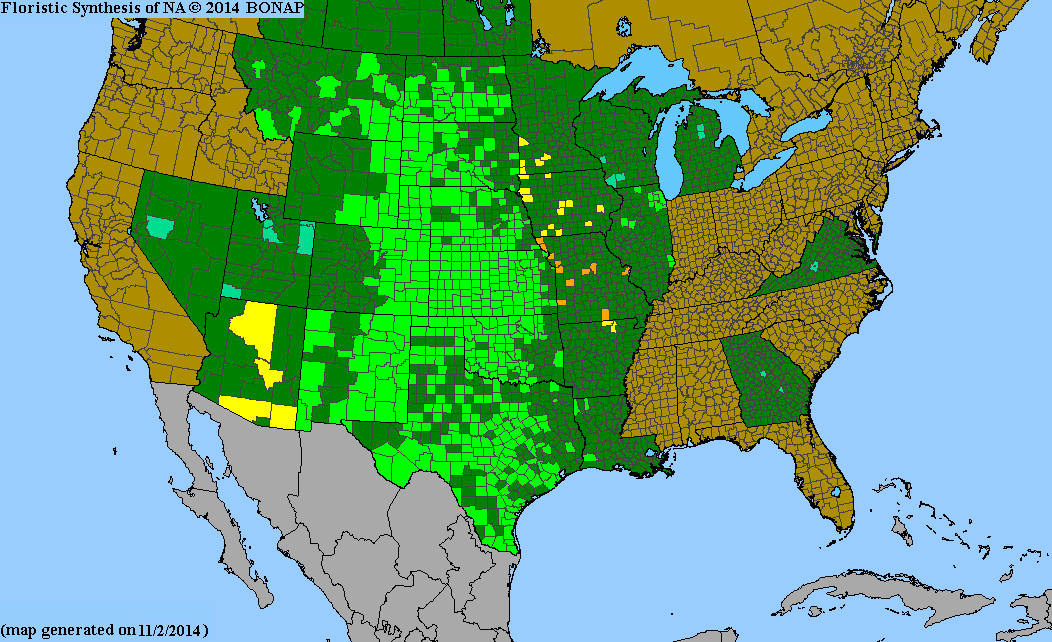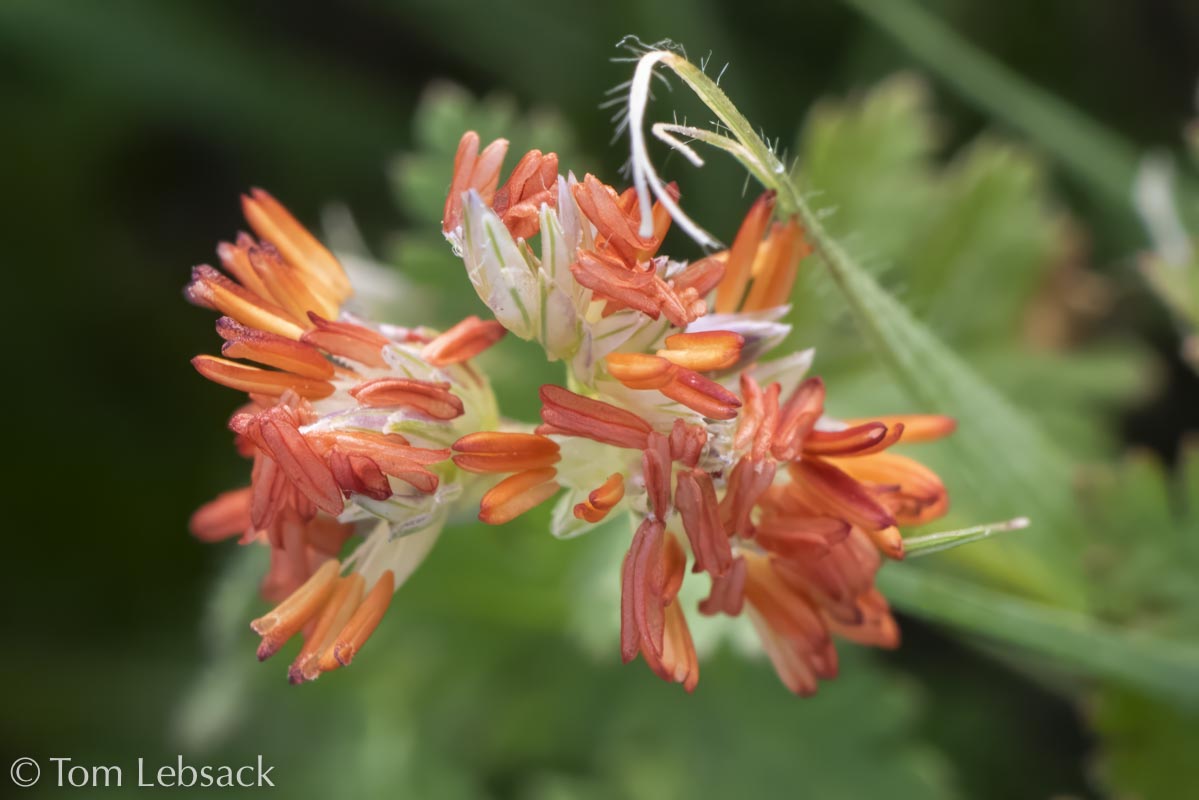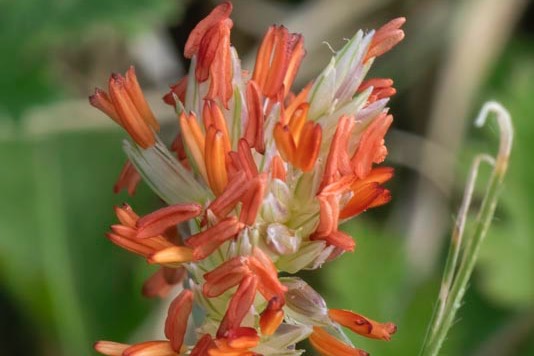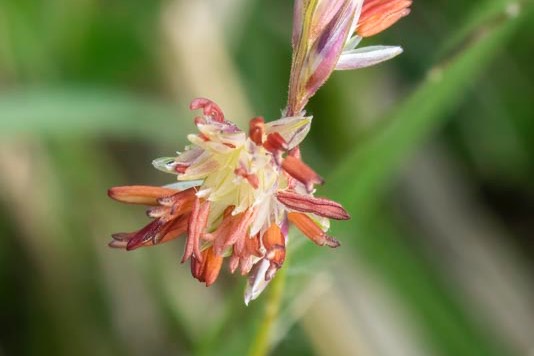Texas Wildbuds
Bouteloua dactyloides
(Buffalo Grass)
| Scientific Name | Bouteloua dactyloides (Buchloe dactyloides) | USDA PLANTS Symbol | BODA2 |
| Common Name | Buffalo Grass | ITIS Taxonomic Serial No. | 782573 |
| Family | Poaceae (Grass) | SEINet Reference |
Click Here |
| Description | Habitat: Dry, limey clay loams in prairies and along roadsides; widespread on the Great Plains and sometimes used as a lawn grass; around 5,000 ft. Plant: Colony-forming perennial grass spreading by runners (stolons) up to 6 inches long and with erect culms (stems) up to 12 inches tall, mostly unbranched; dioecious (male and female flowers on separate plants); culms with female inflorescences much shorter than those bearing male inflorescences. Foliage: Narrow basal and alternate leaves, 3/4 to 5 inches long and less than 1/10-inch wide, flat, with long, white, spreading hairs, more densely on the lower leaves to nearly hairless above; hairy lower portions of sheaths, mostly hairless above. Inflorescence: Male inflorescences in a terminal (atop the culm) panicle usually exceeding upper leaves with 1 to 3 branches, spikelets are less than 1/4-inch long with 2 florets and brownish to red or orange anthers about 1/8-inch long; female inflorescences in terminal panicles barely or not exceeding the leaves, spikelets with 1 floret almost enclosed by upper glumes. Bloom Period: Spring to fall. References: SEINet, Minnesota Wildflowers and Buchloe dactyloides in "Manual of the Vascular Plants of Texas" by Correll and Johnston. |
BONAP Distribution Map Map Color Key |
Texas Status: Native |
Banner photo of Castilleja indivisa and Lupinus ssp. taken along FM 1323 north of Johnson City, Blanco County
© Tom Lebsack 2025
Every attempt is made to provide accurate, up-to-date, and relevant information, but the completeness or accuracy of any information presented on this website cannot be guaranteed. I use authoritative references to insure high standards of accuracy and review and update the information frequently.


